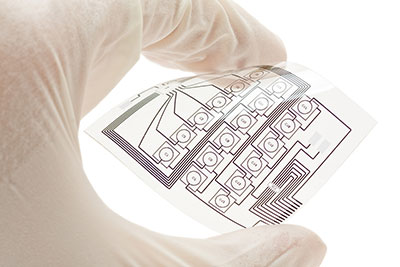The popularity of flexible printed circuit boards has exceeded all industry expectations. Thanks to technology improvement, flexible PCB production is on a whole new level of quality today.
In this article, we are trying to answer what makes flex boards so popular among users. Look at some crucial characteristics of flexible boards and discover if they fit your application!
Contents
- 1 Flexibility – the Core Characteristic of a Flexible PCB
- 2 The Importance of Reduced Size and Weight
- 3 About the Durability And Reliability of Flexible PCBs
- 4 You need to Know About Extreme Temperature Applications.
- 5 Flexible PCB, the Cost Factor You Have to Consider
- 6 Minimized Error Room and Quick Turnaround
- 7 Different Flexible PCB Types
- 8 Conclusion
Flexibility – the Core Characteristic of a Flexible PCB
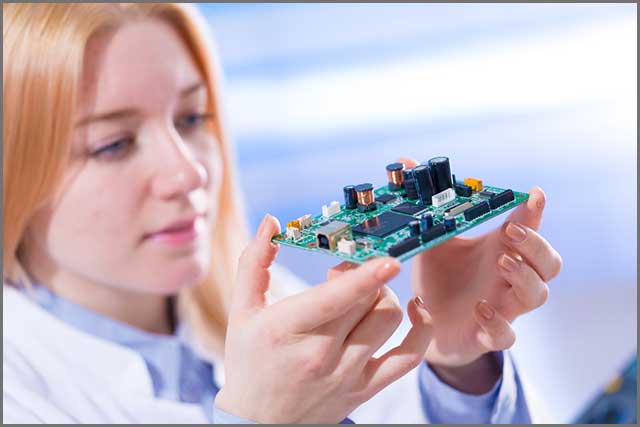
From their name, you can guess the main characteristics of flexible printed circuit boards. It is their flexibility that makes them stand out from the other boards.
Depending on their level of flexibility, we can divide printed circuit boards into three different categories:
- Rigid PCBs
- Flex-rigid boards
- WellPCB offers DC motor controllers in both domestic and international markets. We have Flexible boards.
Rigid boards are the “ordinary” units that have been the only industry option for a long time. Rigid-flex PCBs are mostly standard and flexible boards, and flexible PCBs have the highest flexibility level.
1.1. Why Is There a Need for Flexible PCBs?
Rigid boards worked fine, but the increase in technology products and their new specifications led to new demands across the industries. Wearable technology particularly inspired the necessity of bendy boards, which don’t take a lot of room.
Flexible PCBs turned out to be a logical solution. The industry did everything in its power to develop the design and ensure the necessary technologies to facilitate the creation of boards that will be as bendy as necessary.
Today, you can see flexible boards in numerous industries and applications. Personal electronic devices are the one that uses these boards the most, including smartphones, smartwatches, tablets, etc. However, other sectors quickly realized the versatility and usability of flexible PCBs. The flexibility feature is the one that gives exceptional design freedom and optimizes the performance and size of products.
The Importance of Reduced Size and Weight
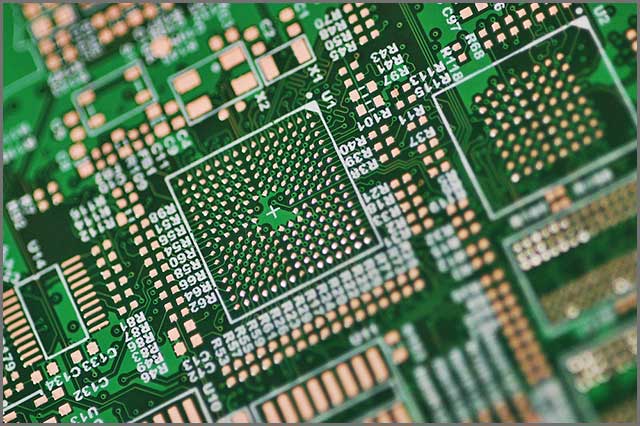
It is not only about offering flexibility because flexible PCBs also bring other benefits than standard boards. Another main characteristic is compact size and weight.
The general rule is that flex boards are smaller than ordinary units. They utilize HDI (high-density interconnect) technology, which enables them to fit more components in less space.
It is crucial to mention that it doesn’t affect its performance negatively. On the contrary, the boards perform even better and are more reliable than standard units. The reduced size is only an added benefit, as flexible PCBs can fit into a compact space.
Don’t forget that you can also bend them, which means you can position them in even the smallest sections. That can be a crucial factor in minimizing the device’s device’s device’s overall size, regardless of how you plan to use it.
A flexible board’s estimated space reduction is about 50%, and the improvements are even better for weight reduction. According to estimations, flex PCBs can be up to 95% lighter than regular units. Of course, that will depend on the materials you use and the desired applications. However, you will inevitably have a light board at your disposal.
About the Durability And Reliability of Flexible PCBs
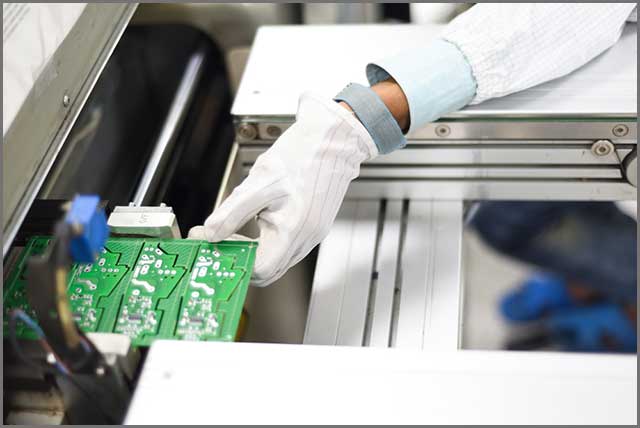
All those stories about small and lightweight boards sound nice, but you might worry about their reliability and durability. The good news is that you can also notice apparent improvements in these areas.
Flexible boards, such as contact crimps, connectors, and solder joints, do not require interface connections for starters. These PCBs also feature a low number of interconnections, which minimizes the failure risk of components. That is something that boosts the reliability of the boards.
3.1. Are Flexible Printed Circuit Boards Durable?
The reduced weight and circuit’s flexibility should provide improved shock and vibration resistance regarding durability. That should support the performance and enhance the strength of the board.
Polyimide is usually the base substrate material manufacturers use for flexible PCBs. That material is famous for its impressive thermal stability. The overall durability of the board will depend on the materials you choose. But if you choose smartly, you can rest assured that your PCB will be a long-term investment.
Ifneed any help choosing the material or setting other details of your flexible board, feel free to contact WellPCB. The company has an experienced team of engineers ready to help you resolve any dilemma regarding printed circuit boards.
Thanks to the skilled staff and modern equipment, WellPCB can also rise to the challenge and manufacture any flexible PCB regardless of its complexity. The company is proud of providing exceptional service and quick turnaround times at affordable rates.
You need to Know About Extreme Temperature Applications.

We already mentioned that polyimide has fantastic thermal stability. Thanks to that, flexible boards are capable of handling extreme temperatures.
Additionally, that makes them a better option for surface mounting than conventional PCBs. They put less stress on soldered joints, reducing the chances of a thermal mismatch.
When we say extreme temperatures, we think not only of high heat. Although flexible boards usually perform well in temperatures up to 400C, they can also maintain optimal performance if as low as -200C.
It is also vital to mention excellent heat dissipation, which outperforms dielectric materials usually applied in standard boards, another essential characteristic of a flexible PCB.
Some other features of polyimide include minimal contraction and expansion and resistance to acid, oils, gasses, and other chemicals. Additionally, flexible boards have excellent resistance to UV exposure and radiation.
Flexible PCB, the Cost Factor You Have to Consider

Imagine this scenario – you have a small and light-printed circuit board. It is smaller than an ordinary PCB, which implies that you utilize fewer materials for it. Therefore, its overall price is lower than for a standard unit.
The fact that your overall material requirements are relatively small should keep the costs reasonable.
When considering the costs, you shouldn’t forget what you get in return.
As we figured out in the article, the characteristics of flexible boards include excellent performance, reliability, durability, andy. If you look at things like that, you realize their cost is more than affordable.
Minimized Error Room and Quick Turnaround
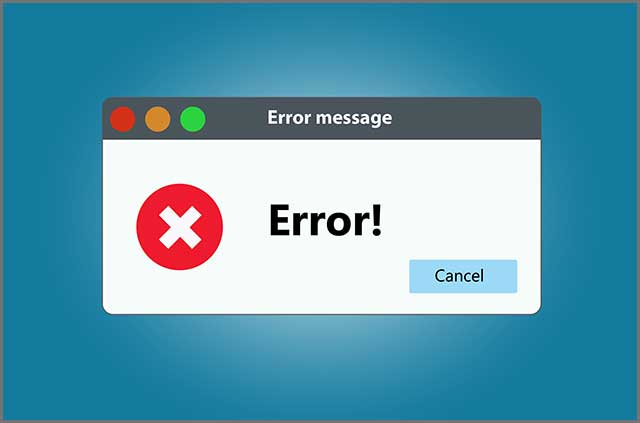
If your design is flawless, you will reduce room for errors during the assembly process. That is something you already know, but it is an essential factor, which is why we mention it.
Apart from that, we can thank automated production for reducing the risk of errors during the assembly. There is virtually no human involvement, which is why room for mistakes is down to a minimum. The only errors that can happen are machine failures.
Everything mentioned above will speed up turnaround times for flexible printed circuit boards. Automation and the fact that you don’t have to fix errors (in most cases) accelerates the entire process. That is particularly useful for clients planning to order many PCBs. Automation is at the heart of mass production efficiency, reaching a new level.
Different Flexible PCB Types
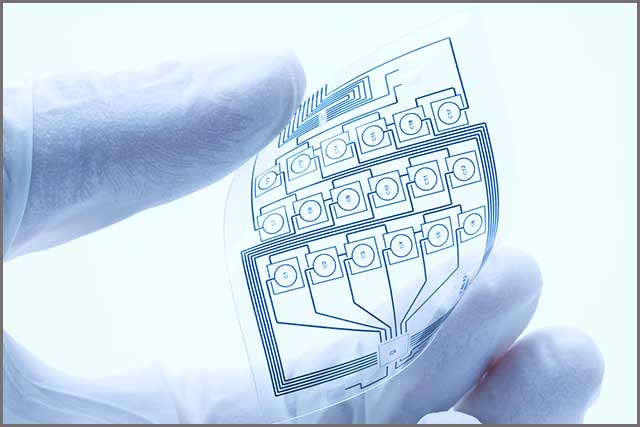
We can divide flexible PCBs into several categories depending on their complexity.
Here is their overview:
A single access layout that leaves one of the teams uncovered. Single-sided flexible PCBs: You have two subcategories here: a dual access design that allows you to utilize the conductive copper (or another material) from both sides. You can also add stiffeners, pins, and connectors if necessary.
• Double-sided flexible PCBs: A polyimide insulation layer is set between a couple of layers with a conductive material. If necessary, you can place copper pads or other covers on the outer sides. The design supports stiffeners, pins, and connectors.
• Multi-layer flexible PCBs: It is the most intricate but extremely versatile design. It requires combining one and two-sided circuits.
You should have at least three layers with conductive materials, and layers with insulation should be between them.
The experts recommend placing covers. You can choose from various designs, but these PCBs will likely fit even the most demanding requirements.
It is worth noting that you can also go with boards that are not entirely flexible. These are flex and rigid circuit boards connected permanently.
When rigid-flex boards and their design are different, they feature a couple of layers with a conductive material and a layer with insulation bacteria between them.
However, you can mix and match flexible and rigid insulation layers depending on your needs.
Conclusion
We covered the characteristics of flexible printed circuit boards in this article. They are a step forward compared to standard rigid units. Flexible PCBs ensure consistent performance and reliability even in extreme temperatures.
You can use their flexibility for various applications across various industries. If you think these boards are the right choice for your next project, don’t hesitate to place an order and test them yourself!
